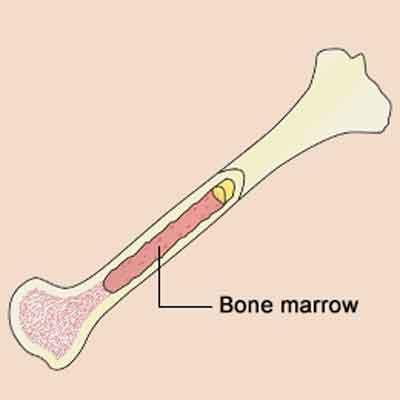- Home
- Editorial
- News
- Practice Guidelines
- Anesthesiology Guidelines
- Cancer Guidelines
- Cardiac Sciences Guidelines
- Critical Care Guidelines
- Dentistry Guidelines
- Dermatology Guidelines
- Diabetes and Endo Guidelines
- Diagnostics Guidelines
- ENT Guidelines
- Featured Practice Guidelines
- Gastroenterology Guidelines
- Geriatrics Guidelines
- Medicine Guidelines
- Nephrology Guidelines
- Neurosciences Guidelines
- Obs and Gynae Guidelines
- Ophthalmology Guidelines
- Orthopaedics Guidelines
- Paediatrics Guidelines
- Psychiatry Guidelines
- Pulmonology Guidelines
- Radiology Guidelines
- Surgery Guidelines
- Urology Guidelines
Study shows promise to repair the urethra using bone marrow stem cells

A study published in Scientific Reports describes a potential new strategy that may be utilized to correct hypospadias, a birth defect which occurs when boys are born with a urinary opening on the underside of the penis, found in up to one in every 200 boys. Current treatment involves surgical reconstruction with a graft using tissue taken from the inside of a child's cheek. This approach is associated with multiple complications and sometimes requires repeated surgeries.
Using an animal model, scientists have demonstrated that it can be feasible and effective to use a graft made from an individual's own bone marrow stem cells. These stem cells were seeded onto a novel synthetic scaffold that is nontoxic, biodegradable and able to stretch and contract. The resulting graft aided in the regeneration of the damaged tissue on multiple biological levels. "Using two unique populations of stem cells derived from the bone marrow, we were able to temper the inflammatory response and avoid scar tissue," said Arun Sharma, PhD, senior author and Director of Pediatric Urological Regenerative Medicine/Surgical Research, Stanley Manne Children's Research Institute at Ann & Robert H. Lurie Children's Hospital of Chicago. "We also saw that new blood vessels were sprouting after the graft, which is important for tissue healing and growth."
"One of the most exciting findings in this study is that the use of an individual's stem cells can decrease the scarring seen after surgery, suggesting that these cells can actually contribute to the ultimate success and outcomes of surgery," said Joceline Liu, MD, first author and Urology Resident, Northwestern Memorial Hospital.
The innovative use of these stem cell populations and scaffold material to repair the urethra is based on Sharma's earlier research in bladder tissue regeneration.
"With this approach, a child would no longer need to suffer from complications of the current treatment for hypospadias," said Sharma. "Before we can use it in children, however, we will need to conduct more studies in animal models, followed by future clinical trials. The findings of this study lay a promising foundation for continued research."

Disclaimer: This site is primarily intended for healthcare professionals. Any content/information on this website does not replace the advice of medical and/or health professionals and should not be construed as medical/diagnostic advice/endorsement or prescription. Use of this site is subject to our terms of use, privacy policy, advertisement policy. © 2020 Minerva Medical Treatment Pvt Ltd